How is this mold spreading
Trent Pyrtle
2 years ago
last modified: 2 years ago
Featured Answer
Sort by:Oldest
Comments (23)
klem1
2 years agoRelated Discussions
Raspberries near a raised bed? How bad is root spread?
Comments (3)I wouldn't plant raspberries near strawberry bed. They grow most vigorously at time of strawberry harvesting. If you pull out at this time, you, first, disturb much more shallow strawberry roots in the hot weather and, second, disturbing the soil can start gray mold spreading on you berries. Only choice you have in this case not to pull, but just cut the green parts. It will not stop them from growing, but will let sun to get to your strawberries. Raspberries like reach soil. If you have well cultivated row and original soil outside of it, they will not spread much assuming you do proper pruning . But as soon as there are some better or equal places to grow - they will start moving. I have shoots here and there as far as 5 feet from original planting side....See MoreHow do Canna Lilies spread?
Comments (10)They also self seed if you let them flowers go to seed. But most commonly they spread by underground rhizomes. It could be they are getting more sun, more moisture and less root competition after your having removed the oak. Is this a problem or just an observation?...See MoreDaylily Spread: How far? How fast?
Comments (5)Roadside Daylily- Hemerocallis fulva 'Europa' (aka "ditch lily") is another one that will spread and take over quickly. I have some 10yo patches that are into the roses and other perennials near them. I dug out 2 clumps this fall and it was quite a job to separate them from the weeds & other plants. Plus, I had a gardening house guest a few years ago who planted some of the spreaders from these next to a red dl. They grew together and both quit blooming from being crowded. Now I have no idea which is the red. I've seen some newer cultivars that have these species types in their near lineage and the hybridizers state the new ones are also voracious spreaders....See MoreFicus elastica “Tineke” with leaf damage. How to stop from spreading?
Comments (13)Appears to be an unstable sport. Which has again sported, this time to even more white. It won't survive if all new leaves have that much white. If it were mine, I'd cut off the stem above the green leaves, then hope for sprouts from the lower buds which will have a decent amount of green. ==>>> thats hosta talk .. lol ... which shows this is not a specific plant specific issue ... you are in too much of a hurry ... give it time.. and lets see how it does it itself ... its an experiment .... im sure you dont have a hundred dollars invested .. so just sit back.. and lets see what happens ... if we are correct .... the green part will take dominance.. and eventually the white part will shrivel and die .... and you will cut it back as jean suggests ... gardening is a commune with nature ... forego our instant gratification world.. and just watch what happens .. AND KEEP US POSTED .. we will all learn by it .... KEN...See MoreCharles Ross Homes
2 years agoHU-867564120
2 years agoTrent Pyrtle
2 years agoTrent Pyrtle
2 years agoTrent Pyrtle
2 years agoAustin Air Companie
2 years agolast modified: 2 years agoCharles Ross Homes
2 years agoAustin Air Companie
2 years agolast modified: 2 years agoCharles Ross Homes
2 years agoAustin Air Companie
2 years agoCharles Ross Homes
2 years agolast modified: 2 years agoAustin Air Companie
2 years agoCharles Ross Homes
2 years agoAustin Air Companie
2 years agocat_ky
2 years agoopaone
2 years agoAustin Air Companie
2 years agoklem1
2 years agoAustin Air Companie
2 years ago
Related Stories
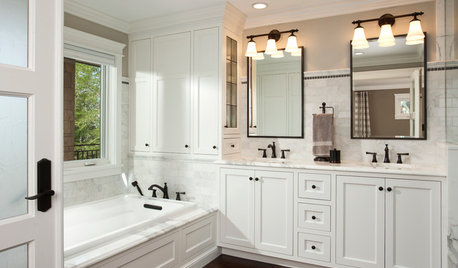
MOST POPULARHow to Get Rid of Household Mold
Find out how to work with a pro to stop mold from damaging your house and health — and how to prevent it from forming
Full Story
REMODELING GUIDESCrown Molding: Is It Right for Your Home?
See how to find the right trim for the height of your ceilings and style of your room
Full Story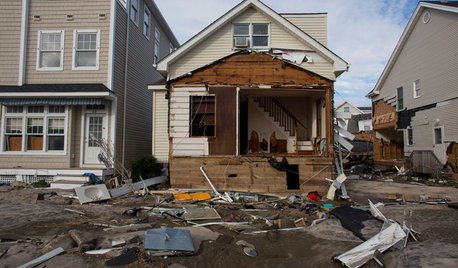
DISASTER PREP & RECOVERYHow to Combat Mold in a Flooded House
Before you rebuild or restore your water-damaged home, take these steps to keep mold at bay
Full Story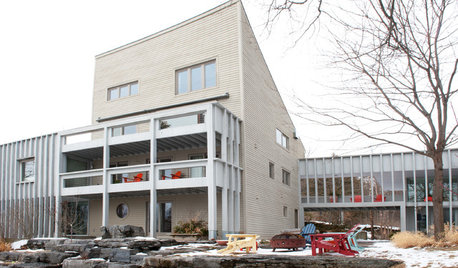
HOUZZ TOURSMy Houzz: A Lakeside Home in Vermont Spreads Its Wings
Patient renovations and additions make a family home a nurturing place for working and relaxing
Full Story
BEDROOMSRoom of the Day: A Bold Design for a Compact Master Bedroom
Bright details, molding and wallpaper that wows turn a functional space into a glamorous sanctuary
Full Story
DINING ROOMSNew This Week: 6 Bold and Beautiful Dining Rooms
Designers spread their creative wings with bold wall coverings and eye-catching decor
Full Story
PET PLACESHouzz Tour: Easygoing Elegance for Cats and Their Owner
A cat lover renovates his Moscow apartment, blending modern style with classical references
Full Story
HEALTHY HOMEGet Cleaner Indoor Air Without Opening a Window
Mechanical ventilation can actually be better for your home than the natural kind. Find out the whys and hows here
Full Story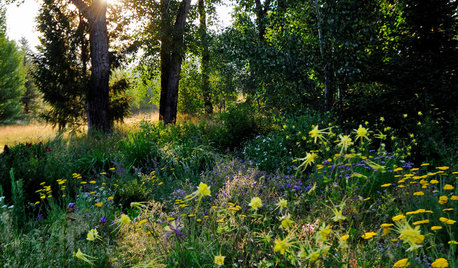
NATIVE PLANTSWhy Aggressive Plants Might Actually Be Your Friends
Sometimes a garden thug is exactly what’s called for
Full StorySponsored
Columbus Area's Luxury Design Build Firm | 17x Best of Houzz Winner!



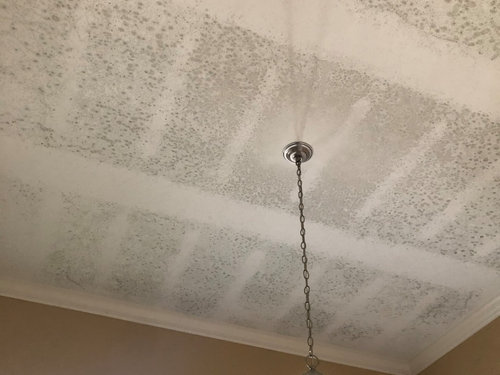
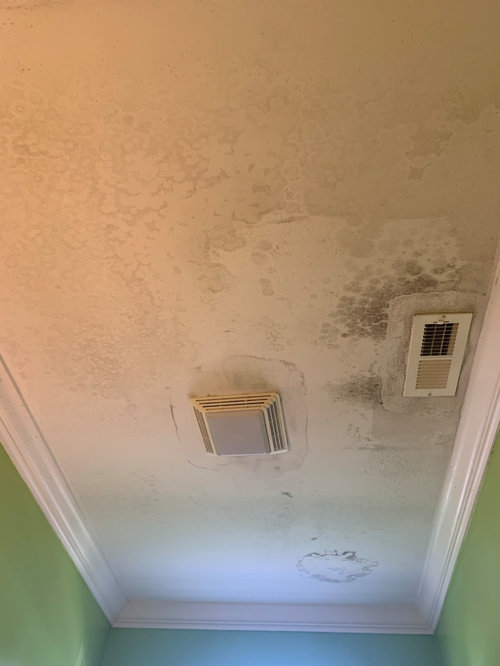
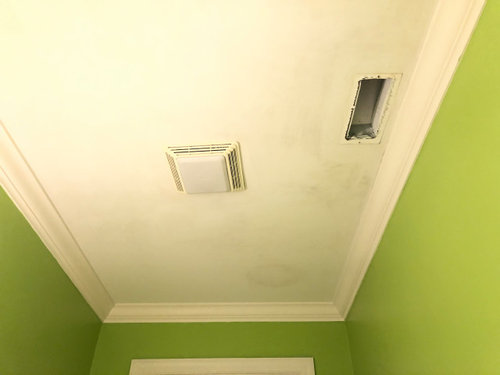
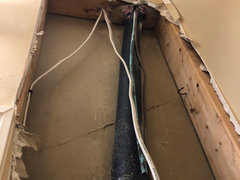
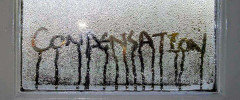


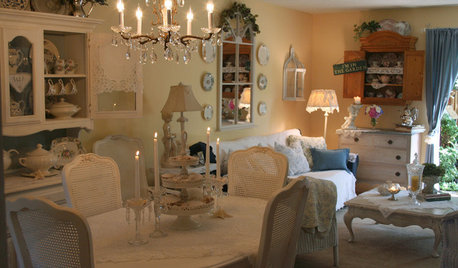


cat_ky